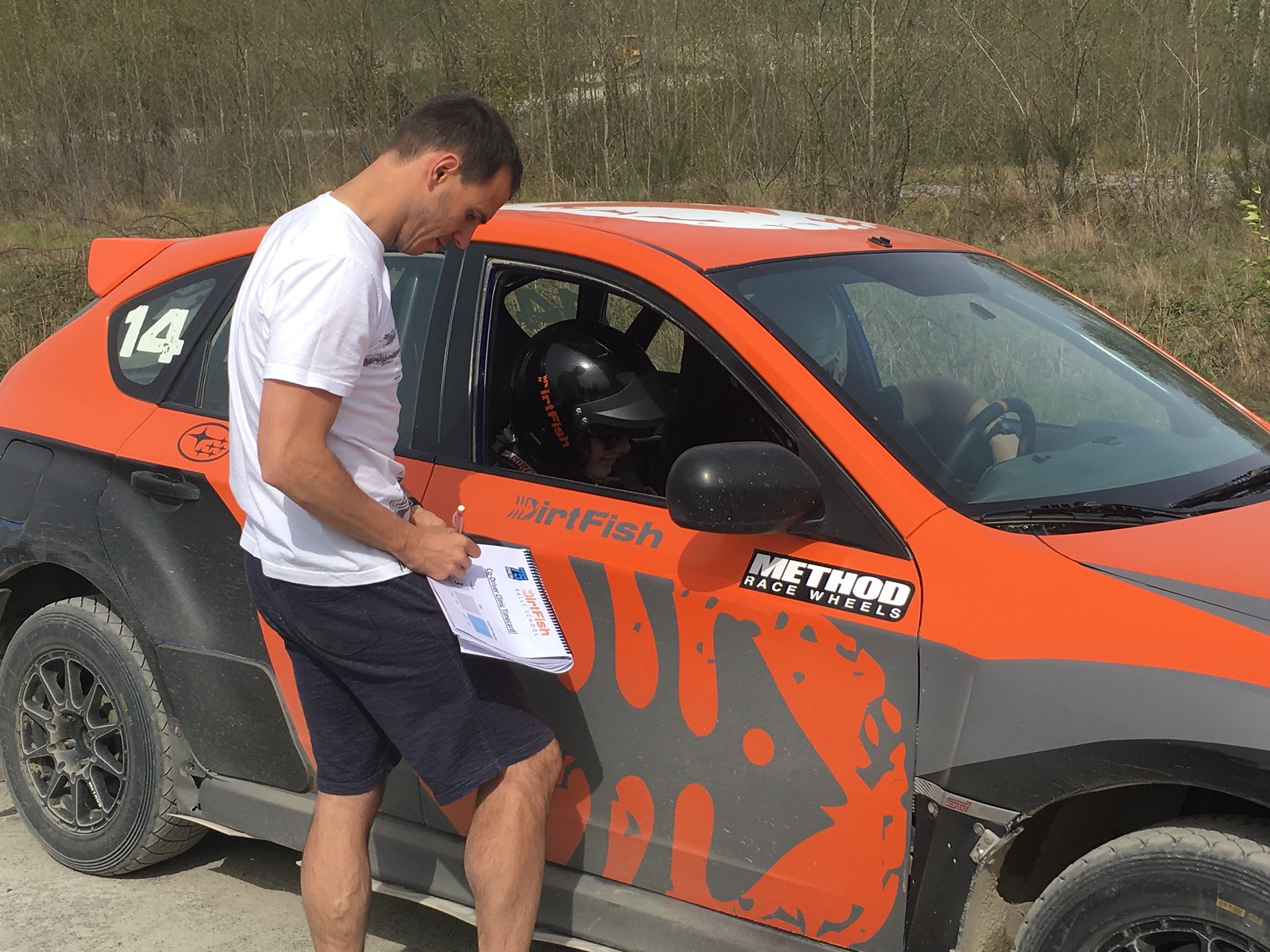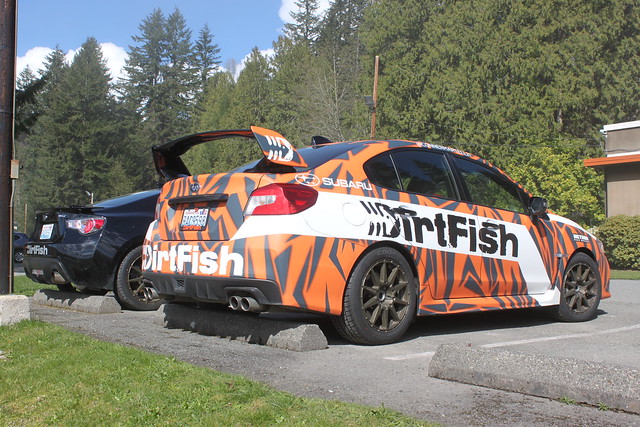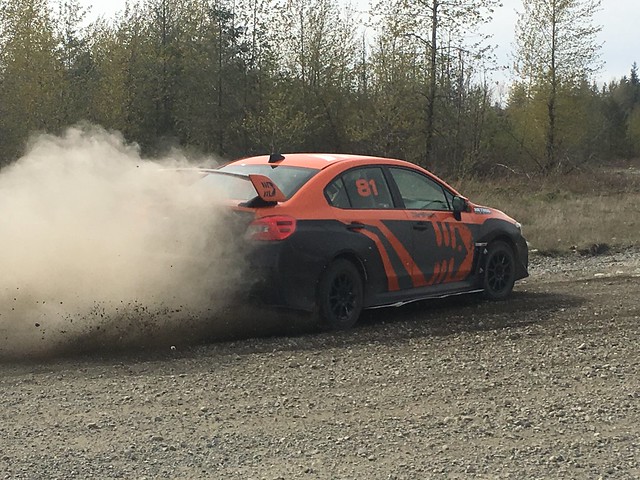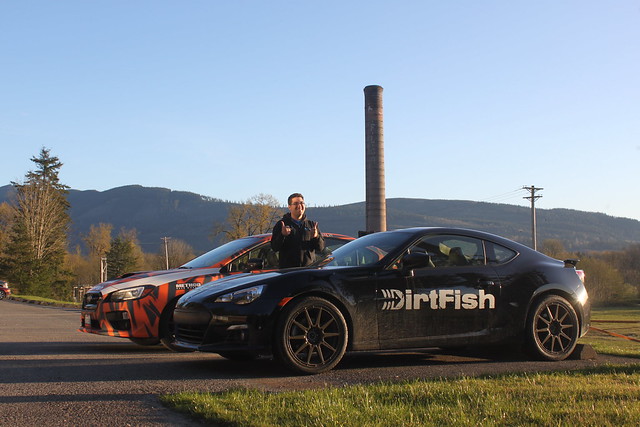The class began on Saturday with introductions of the classmates we'd be working with. There was a wide variety of talent in the room. Some were like me, new to rallying with little-to-no experience outside of spectating. Others were doing regional and national level rallies and seeking to build on what they already knew. Craig's instruction really catered to everyone, explaining the basics while also giving insight and details that veterans could use to strengthen and build upon what they already knew.
 We focused a lot on the duties and preparation a co-driver takes on before a rally. The amount of pre-event work was surprising to me at first, but his motto rang true: If you Fail to Prepare, Prepare to Fail. There's so many things going on during the weekend of a rally that, if your team isn't properly organized, you're already at a disadvantage before the car even hits the first stage. Craig stressed the importance of preparation but also gave us helpful tips and things to check that would make things work out easier. He's done this once or twice.
We focused a lot on the duties and preparation a co-driver takes on before a rally. The amount of pre-event work was surprising to me at first, but his motto rang true: If you Fail to Prepare, Prepare to Fail. There's so many things going on during the weekend of a rally that, if your team isn't properly organized, you're already at a disadvantage before the car even hits the first stage. Craig stressed the importance of preparation but also gave us helpful tips and things to check that would make things work out easier. He's done this once or twice.
In the mind of an enthusiast, people like Craig Drew can seem like super heroes. He made it a point to compare things between his Championship-level work with SRT USA and his beginning days with privateer teams to give a proper perspective on the scope of work being done. This made the instruction much more accessible to people like me who could easily seem in over our heads with top-level advice. As long as the basic skills needed to be a good co-driver existed, there was a confidence that these abilities could be built upon to get to a level like this as long as the desire to get there existed.
 The second day was a bit more hands-on. After a morning of studying and creating pacenotes, our class headed out to the WRX STIs at DirtFish Rally School. Piloted by the instructors for the school, these mobile classrooms were the best opportunity for us to take what we had learned and put it to use. Craig's setup simulated elements of an actual rally. We took a 2-Pass Recce through the course with the drivers to get our pacenotes set. Craig checked our notes after our runs to help us tweak them to flow better and be easier to read at speed. Before we did our first run at speed, Craig had set up a timecard for us to use to check in at the start. After we got through the time controls, it was time to get our pacing down with the notes as the instructors whipped us through the course at competition speed. Each student got 3 runs at speed to help us make adjustments as we went through. After every run, Craig checked in with the driver and co-driver to get feedback and see if there were more adjustments to be made and any advice he could give to help improve the next run.
The second day was a bit more hands-on. After a morning of studying and creating pacenotes, our class headed out to the WRX STIs at DirtFish Rally School. Piloted by the instructors for the school, these mobile classrooms were the best opportunity for us to take what we had learned and put it to use. Craig's setup simulated elements of an actual rally. We took a 2-Pass Recce through the course with the drivers to get our pacenotes set. Craig checked our notes after our runs to help us tweak them to flow better and be easier to read at speed. Before we did our first run at speed, Craig had set up a timecard for us to use to check in at the start. After we got through the time controls, it was time to get our pacing down with the notes as the instructors whipped us through the course at competition speed. Each student got 3 runs at speed to help us make adjustments as we went through. After every run, Craig checked in with the driver and co-driver to get feedback and see if there were more adjustments to be made and any advice he could give to help improve the next run.
The instructors were easy to work with, too. At times during our runs at speed they would chime in over the intercom to give us feedback for the pace of the notes being delivered which helped us make necessary adjustments on the fly. Craig's input between each of our runs reaffirmed what we had been taught and allowed the drivers to give feedback to him as well. I really can't think of a better way to have been introduced to co-driving. From the classroom to the course, there was a lot to take in, but it never felt overwhelming. Each step was a gradual progression to the next which helped even the most novice co-drivers get a handle on everything that was going on. Craig's experience as a co-driver in various levels of the sport made him easily approachable for just about any question the class had for him which made the atmosphere of the classroom easy and inviting.
Our class left that weekend armed to the teeth with everything we needed to know about Co-Driving. The notes I have from this course will be invaluable as I start to get into this sport and work towards competing at my first Stage Rally someday. It can be harder to find opportunities to gain experience on rallying here in the US, but with two national-level rallies within driving distance to my home I should be able to grow my rally legs and get at this.




No comments:
Post a Comment